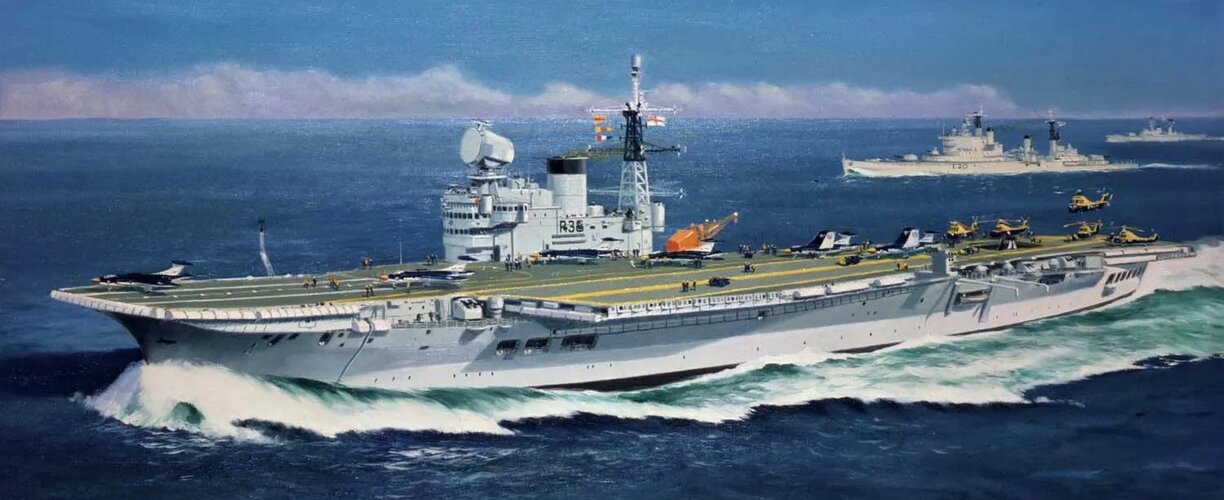Carriers give you contingency options. Things would probably shake out that only one inferior Forrestal might be built but the US would appreciate it and the alteration in funding allocation probably would see the TSR2 finished.. there should be about 45-60 million pounds floating about. You haven't had to spend cash on an F-4 program that spiraled nor on those Tiger rebuilds to maintain helicopter capacity, probably some other stuff I am not remembering or thinking of.
The alterations that could spin from this are of interest; not the least of which is Victorious lasts longer in service, long enough to be available on the secondary market at a time when there might be takers.
The alterations that could spin from this are of interest; not the least of which is Victorious lasts longer in service, long enough to be available on the secondary market at a time when there might be takers.

